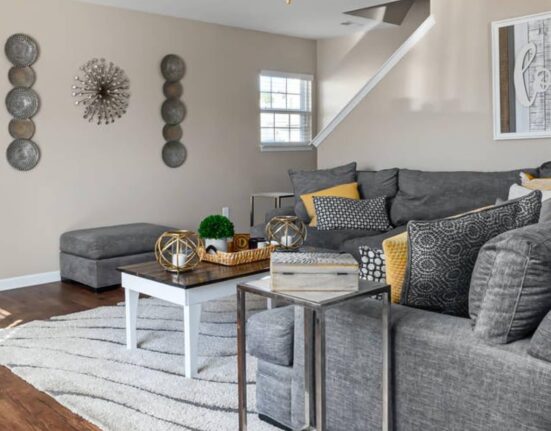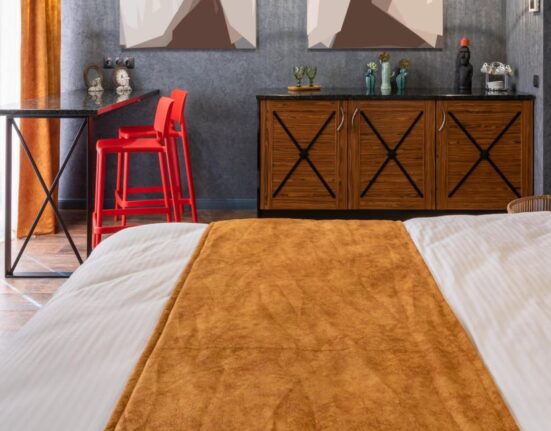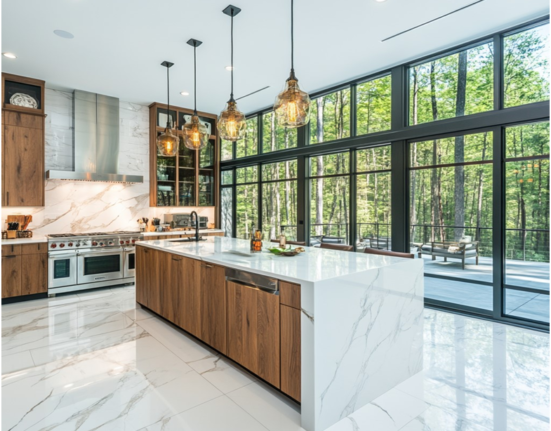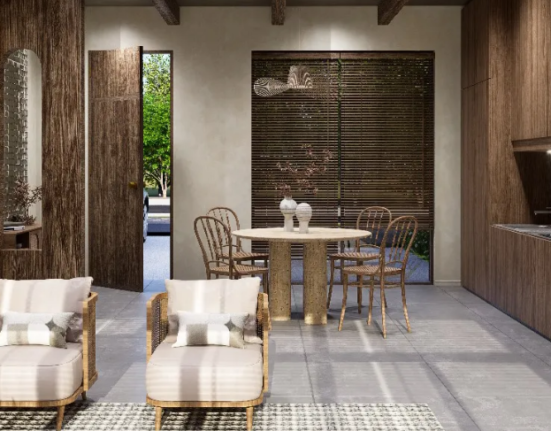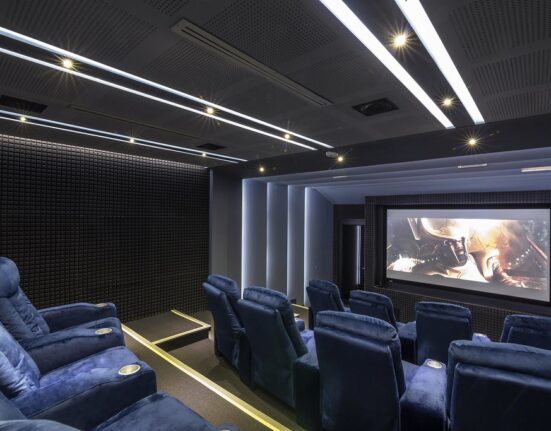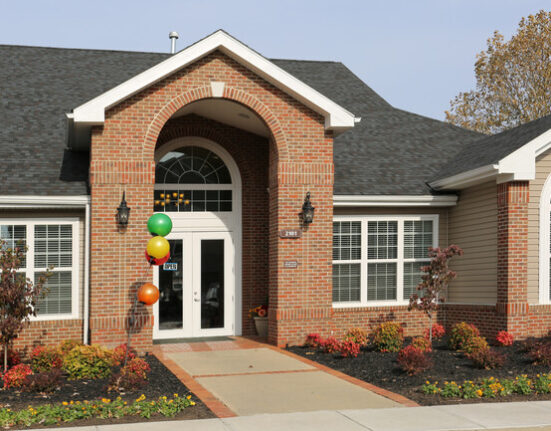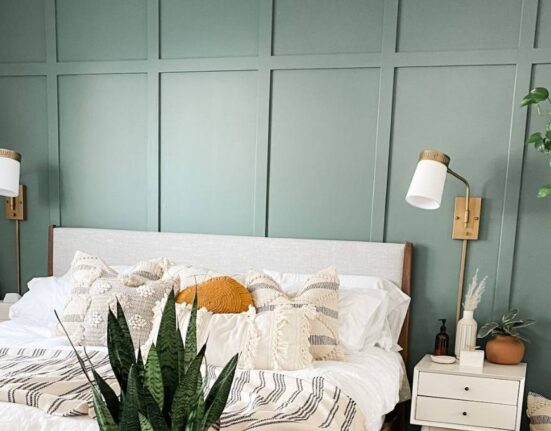As Jennifer stepped out of her sleek apartment in the city’s heart, she wasn’t just entering a bustling urban landscape but a vibrant community within her building. Just a few floors below her apartment was a chic café where she grabbed her morning coffee, followed by a visit to the co-working space one level down, where she worked remotely. Later in the day, she would hit the gym conveniently on the third floor before meeting friends at the rooftop restaurant for dinner. Living in a mixed-use building had changed Jennifer’s life—her home wasn’t just a place to live; it was a place where she could work, socialize, and unwind, all without ever stepping outside.
This experience is becoming increasingly common as mixed-use developments are popular across urban landscapes worldwide. These buildings, which combine residential, commercial, and sometimes even industrial spaces, reshape how we think about city living. This article will dive into what makes mixed-use buildings unique, explore the growing trend, and examine their impact on cities, economies, and residents.
What is a Mixed-Use Building?
A mixed use building is a type of development that integrates multiple functions—such as residential, commercial, cultural, and sometimes industrial—within one structure or area. These buildings are designed to create dynamic environments that support various activities in one location. In urban areas where space is at a premium, mixed-use developments maximize the utility of a single plot of land, blending spaces for living, working, and recreation.
Types of Mixed-Use Buildings
Mixed-use buildings come in various forms, including:
- Vertical Mixed-Use Buildings: These are typically high-rise buildings where different floors serve different purposes. For example, the lower levels might house retail shops and restaurants, the middle levels office spaces, and the top floors apartments or condos.
- Horizontal Mixed-Use Developments: These developments spread across multiple buildings or an entire neighbourhood. Residential units might be next to offices, shopping areas, or cultural spaces within the same development footprint.
- Integrated Mixed-Use Buildings combine multiple functions within a single space on each floor. For example, a café might share space with co-working areas or a gym adjacent to an apartment complex.
The Growth of Mixed-Use Buildings: A Global Trend
Mixed-use developments are not new, but their popularity has skyrocketed in recent decades, particularly in dense urban areas. According to a report by PwC and the Urban Land Institute, the demand for mixed-use buildings has grown by 35% in the last decade as more cities recognize the benefits of integrating multiple functions within a single development.
Cities like New York, London, and Tokyo have seen an explosion of these developments as urban planners and developers attempt to create more livable, sustainable environments. In New York City, Hudson Yards, a massive mixed-use development, has become a model for urban renewal. Hudson Yards integrates luxury condos, office spaces, high-end retail, and cultural attractions into a single space, creating a self-sustaining urban ecosystem.
In London, mixed-use buildings are also becoming the norm as part of the city’s effort to address the growing housing crisis while maintaining its status as a global business hub. Developments like the Canary Wharf estate include office buildings, residential towers, retail spaces, and public parks, providing residents with everything they need within walking distance.
Benefits of Mixed-Use Development
The rise of mixed-use buildings is not just a trend; it reflects a shift in how cities are evolving to accommodate growing populations, sustainability concerns, and changing lifestyles.
- Maximizing Space in Urban Areas
As cities grow denser, land becomes an increasingly scarce and valuable resource. Mixed-use developments allow urban planners to maximize the use of limited land. By combining residential, commercial, and recreational spaces in one building, developers create vibrant, multi-functional neighbourhoods without sprawling development across the city’s outskirts. In cities like Tokyo, where land is minimal, this model has successfully created livable spaces that meet the needs of residents, workers, and visitors.
- Promoting Sustainability
Mixed-use buildings can also contribute to sustainability. By reducing the need for long commutes between home and work or home and shopping, these developments encourage walking, cycling, or public transportation, thereby reducing carbon emissions. According to a study by the Urban Land Institute, cities with higher concentrations of mixed-use developments report 20-30% lower vehicle miles travelled than cities with more separated residential and commercial zones.
Furthermore, these buildings often incorporate eco-friendly designs, such as energy-efficient systems, green rooftops, and rainwater harvesting systems, which reduce the overall environmental footprint.
- Creating Vibrant Communities
One of the most significant benefits of mixed-use developments is the sense of community they foster. Residents, workers, and visitors interact in shared spaces, such as cafés, parks, and cultural venues, creating a dynamic, interconnected environment. In mixed-use developments like The Wharf in Washington, D.C., residents live in their buildings and actively engage with the surrounding shops, restaurants, and cultural venues, creating a bustling, thriving neighbourhood atmosphere.
- Economic Vitality
Mixed-use buildings can stimulate local economies by attracting both residents and businesses. Retail shops, restaurants, and entertainment venues benefit from the built-in customer base provided by residents and office workers. In turn, the availability of amenities makes these buildings more desirable to live in or work in, driving up property values.
In Toronto, the success of mixed-use buildings like the Shangri-La Toronto, which combines luxury condos with a five-star hotel, retail space, and restaurants, has spurred significant economic growth. According to a Toronto’s Economic Development Division report, the city has seen a 15% increase in mixed-use developments over the past five years, contributing to local job growth and an expanding tax base.
The Challenges of Mixed-Use Buildings
While mixed-use buildings offer numerous advantages, they are not without challenges. One of the most significant challenges is the cost of development. Mixed-use buildings often require more complex designs and infrastructure than traditional single-use buildings, leading to higher initial costs for developers.
Additionally, balancing the needs of various occupants—such as residential tenants, businesses, and visitors—can be tricky. Noise concerns, parking shortages, and managing shared spaces are common issues in mixed-use developments. However, with proper planning and design, these challenges can be mitigated.
Case Study: The Wharf, Washington D.C.
A prime example of a successful mixed-use development is The Wharf in Washington, D.C. This ambitious project transformed an underutilized area along the Potomac River into a vibrant community. The Wharf features a mix of residential units, offices, hotels, retail spaces, restaurants, and public parks, all within a pedestrian-friendly environment.
Since its opening, The Wharf has attracted thousands of visitors and residents, generating millions in economic activity. According to a report from The Wharf Business Improvement District, the development has created over 5,000 jobs and contributed more than $300 million in annual economic output to the city. Its success has encouraged other cities to explore mixed-use projects to revitalize waterfronts and underdeveloped urban areas.
Conclusion: The Future of Urban Development
As cities continue to grow and evolve, mixed-use buildings offer a promising solution to urbanization’s challenges. These developments efficiently use space, promote sustainability, foster vibrant communities, and stimulate local economies. While challenges remain, the benefits of mixed-use buildings far outweigh the drawbacks.
For residents like Jennifer, living in a mixed-use building is not just about convenience—it’s about embracing a lifestyle where work, play, and home seamlessly blend. As more cities adopt this model, mixed-use buildings are likely to play an increasingly important role in shaping the future of urban living.




